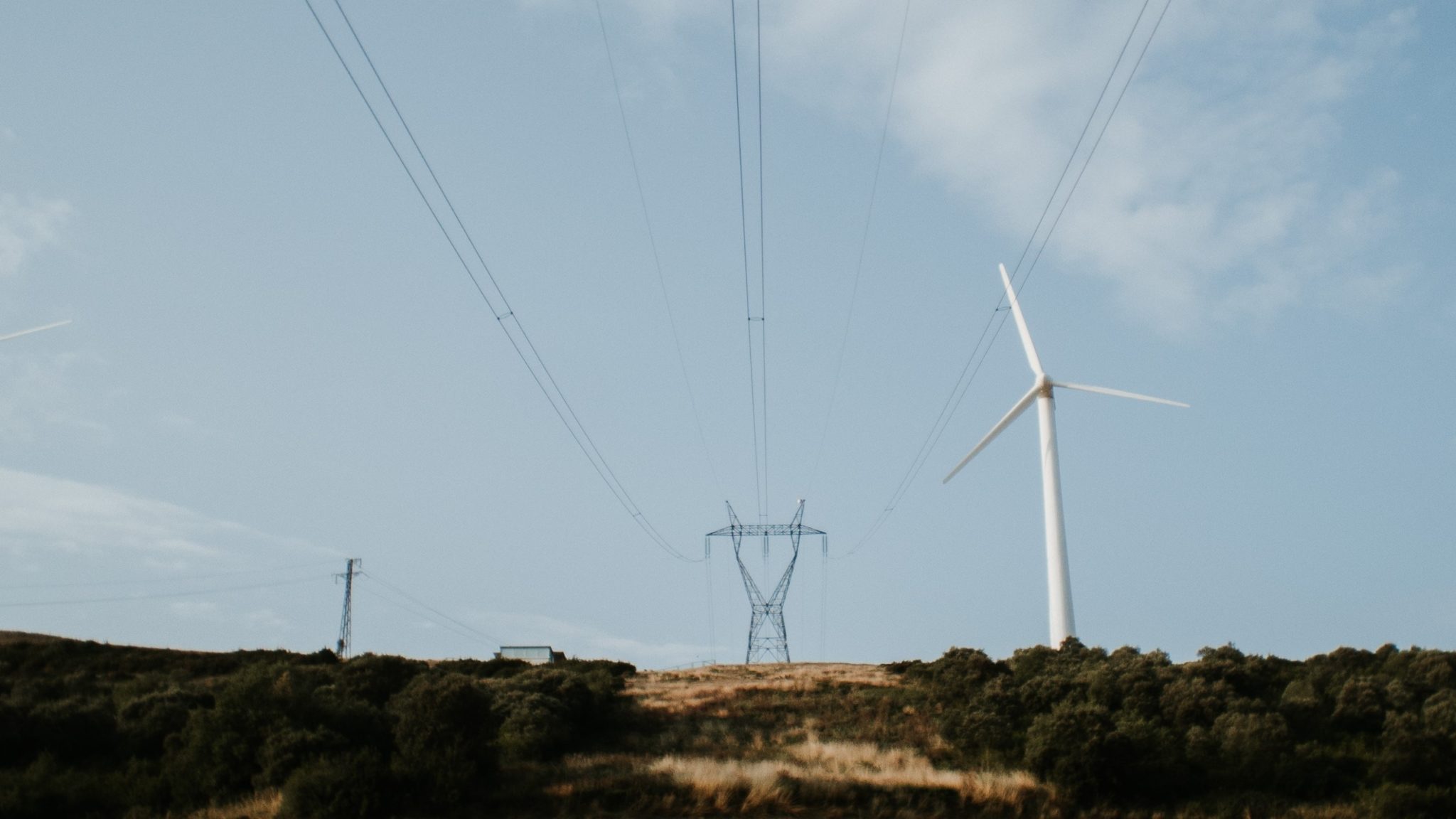Taxation of onshore wind power – new rules finally adopted by Parliament

A «ground rent tax» – also called «natural resources tax» – will be introduced with effect from 1 January 2024. Seen from the investors’ view, the adopted rules represent a substantial improvement to the original proposal, especially for greenfield projects. For many of the already existing operations however, the new tax is still likely to result in a noticeable reduction of equity and profitability.
These are the key improvements:
- Tax rate 25%
- Tax value of greenfield capex will be paid out following production start and tax audit
- Tax value of existing power plant capex will not be paid out, but «recaptured» by increasing tax depreciation balances by 40% and by allowing tax-deduction of this increased balance, plus interest, over a period of 5 years
The new regime in a nutshell:
From 2024, onshore wind power will be subject to the Ground Rent Tax at 25%, the Production Tax at NOK 0.023 per kWh and Ordinary Income Tax at 22%. There will typically also be charges in the form of real estate tax and license fees.
Ground rent tax:
The ground rent tax is presented as an investor-neutral cash-flow tax on «super-profits». Neutrality shall be achieved by the State covering a share of capex equal to the tax rate. For greenfield projects, neutrality shall be obtained by full tax-deduction of capex in the year of investment and the State paying out the tax value of it upon production start.
No pay-out is available to already existing power plants (brownfield) related to historic capex. Instead, the taxpayer is entitled to a «recapture» of tax depreciations as explained above, with compensatory interest (Norwegian: «venterente», i.e., «waiting interest») added to the tax depreciation balance and to tax-loss carried forward. According to the Government, such “waiting interest” provides an “equivalent present value” compared to pay-out of tax value – despite the interest being at risk-free rate.
The tax rate of 25% shall be charged to net ground rent income:
Gross income:
- Spot price value of power produced, with the exception for:
- a) Power sold under fixed-price PPA’s signed prior to 28 September 2022
- b) Power sold under fixed-price PPA’s signed during the period 2024-2030 and produced by plants established during 2024-2030
- Gains/losses on financial hedges (futures) signed prior to 28 September 2022
- Income from sale of Guarantee of Origins and of Electricity Certificates
Deductible items:
- Operating expenses (but narrower defined than for ordinary income tax)
- Investments in operating assets acquired 2024 or later (full deduction in year of acquisition)
- Negative tax base / tax loss from earlier years, with added interest at risk-free rate
- Property tax
- Depreciation and amortization of operating assets acquired before YE 2023:
- a) Historic capex first reduced by standard tax depreciation rates, then increased by 40% but with a cap at 85% of historic capex
- b) The «restated» balance to be deducted over 5 years starting 2024
- “Waiting interest” (Norw: “venterente”) on the remaining tax depreciation balance, at risk-free rate
Tax credit:
- Production tax payable will reduce the ground rent tax payable on a NOK-by-NOK basis
Tax revenue:
- Paid to the State
Production tax:
- Charged at NOK 0.023 per produced kWh
- Paid in full to the host municipality
Analyses by KPMG and THEMA showed that with the original proposal, several of Norway’s project financed wind power plants would likely default on their loan obligations. This triggered the question of whether the tax might violate the Constitution’s articles prohibiting laws having retroactive or confiscatory effects, the European Convention on Human Right’s provisions protecting the right to property and EU/EEA law on the right of establishment.
Compared to the original proposal, the abovementioned improvements will soften the impact of the ground rent tax. However, since a number of costs remain non-tax deductible and the offered «waiting interest» is expected to be substantially lower than finance costs and net-present value of future tax deductions, the tax remains far from investment neutral. Depending on how hard the tax will end up hitting profitability and equity of brownfield wind power operations, the question of legality might still be relevant.
